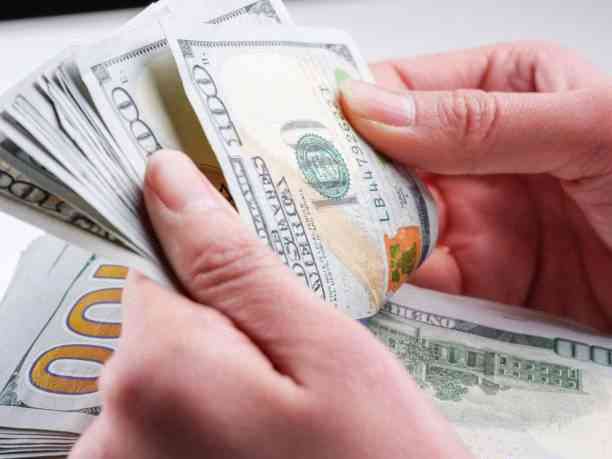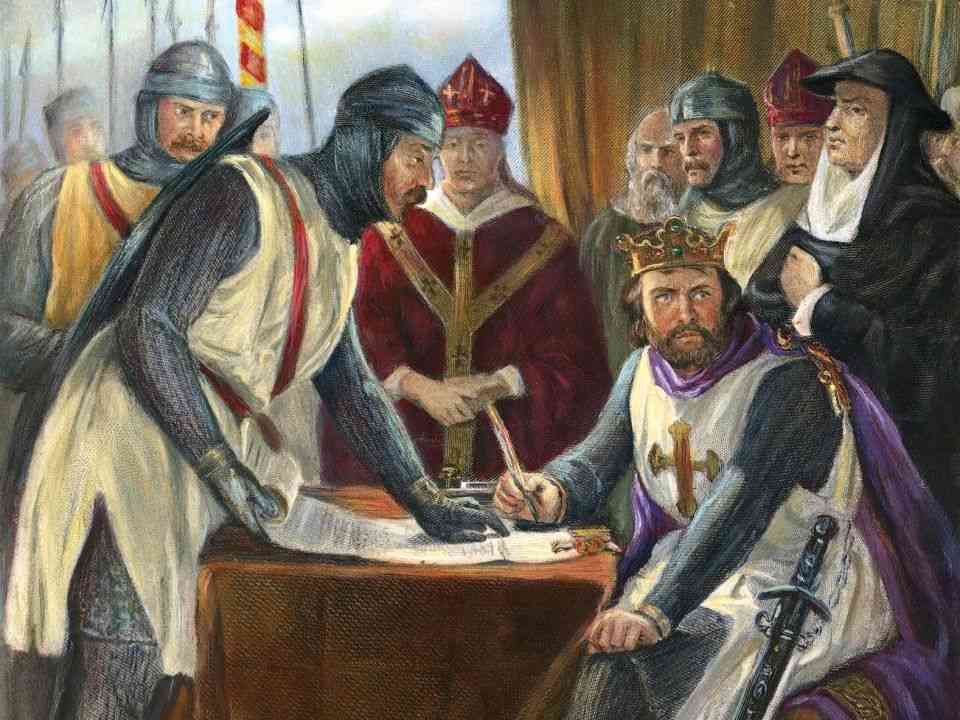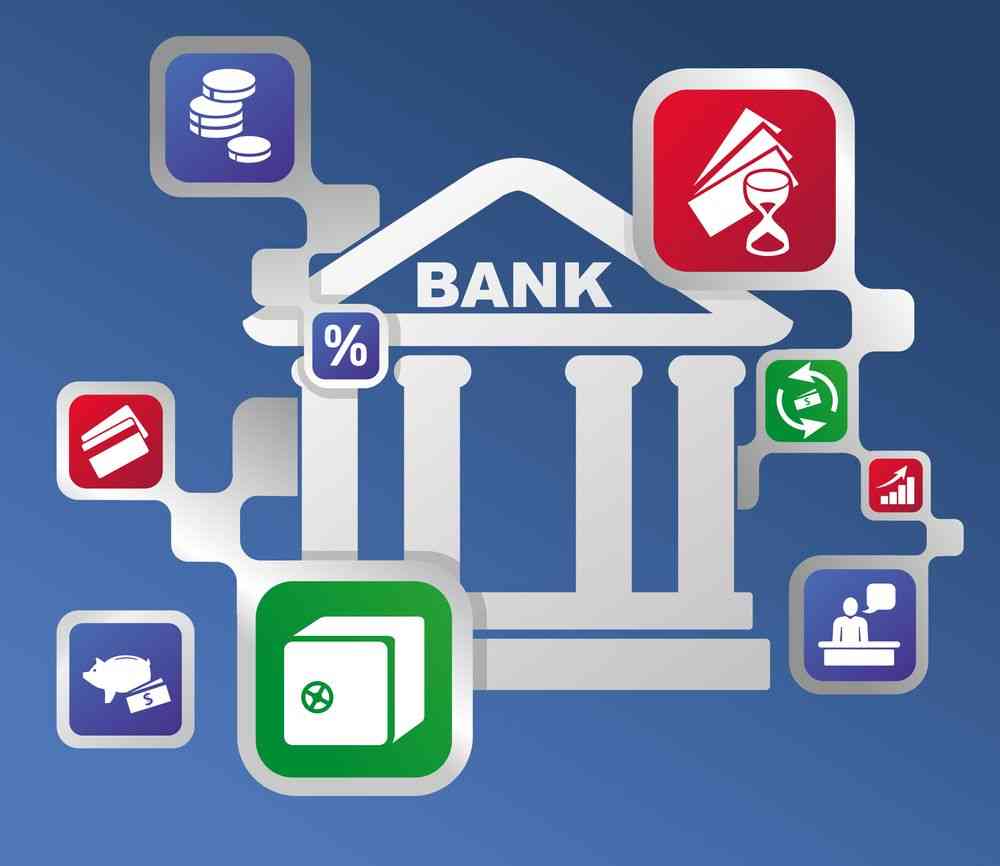Banks are the center of the financial system today, and the financial movement through them is highly sensitive and influencing the global economic system, in addition to being the first affected - among the institutions of the global financial system - of any financial crisis. Literally, many countries around the world use banks as the primary intermediary in any sale and purchase of most commodities, through bank cards.

In this Article, we look together at the history of banks and the circumstances of their formation.
1- What is a bank?
The most important financial institution, given that money is a commodity (commodities are measured), then it (the bank) is the place that manages the supply and demand for money according to a highly organized institutional system. This is the primary role of the bank, hence the bank has a highly sensitive influence on national economies.
There are multiple banking operations that the bank is required to perform, including among them, respectively: that the owner of a surplus of wealth, or a savings person who wants to keep his money in a safe place, places the money in the bank, and on the other side the borrower, the person who needs financial liquidity provided by the bank with a system known as Borrowing, which is a collateral against a collateral, is often fixed asset whose variable value exceeds the amount borrowed by the bank. And all of this is done according to a deliberate system that guarantees the bank a profit value from the loan he made, which in turn gives the profit value the agreed amount of interest to the person who deposited his money in the bank.

In addition to this as well, banks often invest the funds deposited in them to produce profits that give the owner of the agreed value the interest, according to a well thought-out system that basically divides deposits in terms of being long-term deposits, short deposits or current account deposits, which depend on A continuous and repeated withdrawal and deposit movement within short periods.
Also, the bank’s role as the most important institution in the global financial system is its direct supervision of currency exchange and exchange activities, or what is known as the currency market or exchange, and often the central bank in the country is responsible for regulating matters in the currency exchange market within the state.
2- When did the banks originate?
The banking system itself, or the founding idea of banks, is ancient. Some historical studies refer it to the Babylonians, others return it to the Greeks, and a team in the middle says that the Babylonians knew after banking operations, but the Greeks in the fourth century BC practiced currency exchanges, financial borrowing and keeping Deposits. Also, some archaeological studies reveal evidence of financial lending activity in the Chinese Empire.
Then the matter gradually evolved. In the medieval period, the world widely used financial operations, through cash sales, or selling money with money, a process that means the word “exchange” , and the word “bank” is derived from it, which indicates the place Through which the process is carried out, and which is corresponding in English (and has become a word in most dictionaries of the languages of the world) is the word "bank", mainly derived from the word (Bancu) Italian Word, which means table
The story begins from the Middle Ages, specifically the first Crusades that brought Jerusalem down in the hands of Europeans. From there the Temple of Knights, whose researchers are members of the founding fathers of the modern banking economy, emerged from their management of an economic project in Europe based on the issuance of credentials governing a financial agreement based on the delivery of the Christian pilgrim to Jerusalem; his money and property to the individuals representing the Templars. In exchange for a person receiving the same value in Jerusalem. Some studies now describe the Templars as “economic developers,” and others consider the organization to be the first multinational bank!


In any case, that period also witnessed the emergence of the profession of the banker very close to the modern concept, and this was in Italy specifically where bankers were performing their work on wooden tables (Bancu), before the establishment of the first bank in Venice in the fourteenth century, and Italy remained for a period of Time reserved exclusively hosted for institutional banking, until one was founded in Spain in the fifteenth century, then spread quickly in the rest of Europe quickly, taking into account in all its developments, and resort to the most appropriate and most profitable banking service mechanisms.
3- When did the cash / paper money appear?
Currencies used throughout the ages were precious materials in themselves according to the historical and geographical nature of trading areas. For example, in some eras, food, plants, and animals were used for limited commercial exchanges, then metals were used with the eras of major empires and they were minted in categories, often using gold, silver, and copper, and on These articles / currencies have been in the form of banking operations throughout history. For example, there are evidences from the Bible regarding the spread of some type of banking transaction in Palestine during the era of Christ:
Jesus entered the temple of God and brought out all those who were buying and selling in the temple, and turning the tables of the money changers and chairs of the sellers of pigeons - Matthew 21:12
Likewise, the Arabs themselves knew and practiced types of banking operations, perhaps they benefited from their commercial trips to the Levant in particular, as they knew to invest money in speculation on my profit margin, as they knew the interest-lending that Islam prohibited, so that financial-financial transactions settle on deposit without interest and speculate with a share of Profit, but all of these transactions remain based on material cash, and paper money appeared only in an advanced stage of the emergence of banks as institutions in Europe.
Some research indicates that the idea appeared in the Netherlands, via the Bank of Amsterdam in the seventeenth century, but the most prominent bank that adopted the idea was an Italian bank called “banco di giro” and in English it means “tour bench”.

The idea starts from adding a service to facilitate financial transactions through money transfers, so that the bank issues receipts for the money deposited in it by the customer, which was gold or silver, and the person uses the receipt in buying and selling as a contract on the value of the commodity in gold and silver, In the sense that the person with the receipt uses it to buy any commodity, then the seller takes it and can take the value from the bank in gold or silver, and from here the cash / money / paper currencies appeared, and on this the banking system in the world took a different form that redefined the global financial system.
Thank You For Reading The Article, I Hope You Enjoyed,,, Don't Forget To Subscribe To Our Author Page,,, Thank You.
-EnRi


